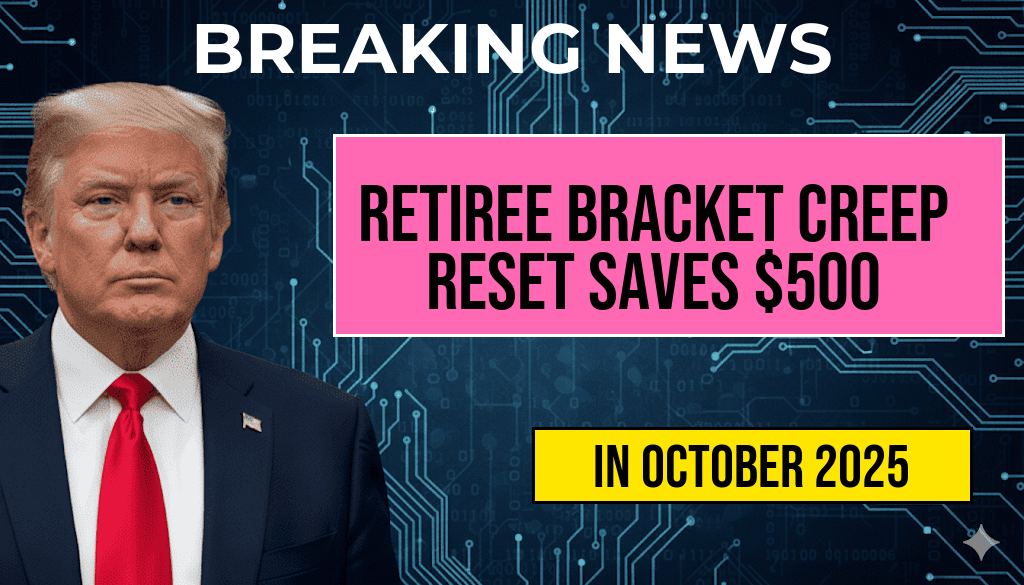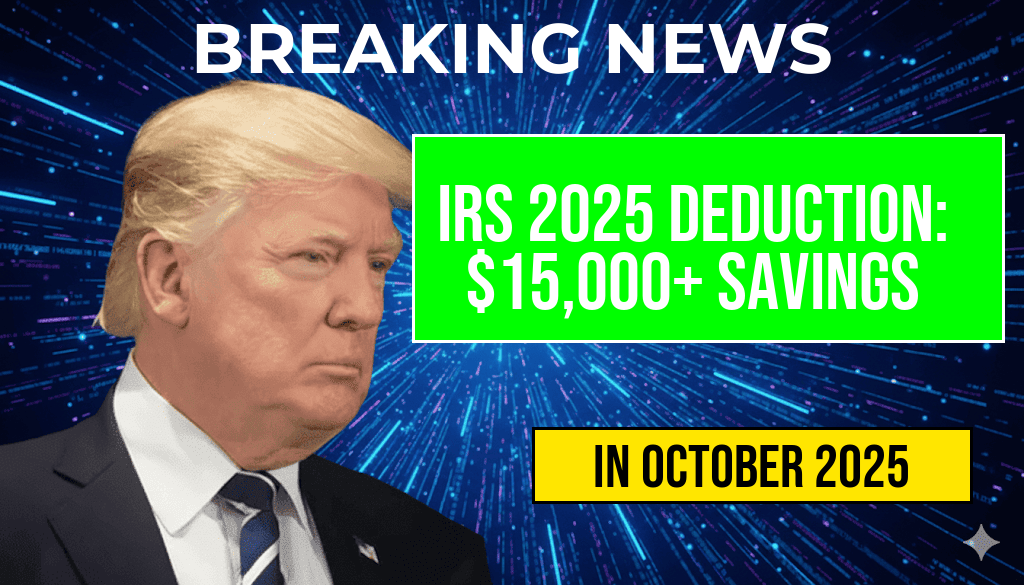Retirees across the United States could see significant financial benefits starting in 2026, thanks to a reset in the income thresholds that determine eligibility for various Social Security-related programs. Known as “bracket creep,” this phenomenon occurs when inflation pushes income levels higher over time, unintentionally reducing the number of retirees who qualify for certain benefits or subsidies. The upcoming adjustment is expected to provide some retirees with over $500 in annual savings or increased benefits, depending on individual circumstances. The updated income thresholds are designed to reflect current economic conditions, ensuring that programs remain accessible to those most in need. This recalibration offers a noteworthy opportunity for retirees to maximize their benefits or reduce out-of-pocket expenses, especially for those nearing eligibility limits.
Understanding the Retirement Income Threshold Reset
The concept of “bracket creep” is familiar in tax policy, but it also impacts Social Security and related programs. As the cost of living rises, automatic adjustments are made annually to income thresholds to prevent inflation from eroding program eligibility. However, these adjustments are sometimes delayed or insufficient, leading to decreased benefits for some retirees or increased administrative burdens.
Effective in 2026, the Social Security Administration (SSA) will implement a comprehensive reset of income brackets, aligning them more closely with current inflation levels. This adjustment primarily affects income-based benefits, such as Supplemental Security Income (SSI), certain Medicare premiums, and income thresholds for calculating benefits. The goal is to ensure that more retirees retain access to critical programs without being penalized by inflation-driven bracket creep.
Updated Income Thresholds for 2026
| Program | 2025 Threshold | 2026 Threshold |
|---|---|---|
| SSI Eligibility (Individual) | $1,215/month | $1,300/month |
| SSI Eligibility (Couple) | $1,843/month | $1,975/month |
| Medicare Income-Related Monthly Adjustment Amount (IRMAA) Threshold | $91,000 (single), $182,000 (joint) | $97,000 (single), $194,000 (joint) |
| Medicaid Income Limit (varies by state) | Approximately $1,000-$2,000/month | Adjusted proportionally to inflation |
These adjustments mean that retirees with incomes just above previous thresholds might now qualify for benefits or reductions they previously missed. For example, an individual earning $1,250 monthly might have been ineligible for certain programs in 2025 but could qualify in 2026 with the new thresholds.
How This Change Could Save Retirees Over $500 Annually
The recalibration of income limits can translate into direct financial savings or increased benefits for many retirees. For some, this means reduced Medicare premiums, while others may qualify for additional assistance through SSI or Medicaid. According to financial experts, retirees close to these thresholds could see benefits worth over $500 annually, especially when considering reduced premium costs or increased benefit payments.
For example, a retiree who qualifies for Medicare Part B income-based premium reductions could see their monthly premium drop from $164.90 to as low as $0, depending on income, amounting to substantial annual savings. Similarly, those eligible for SSI could see their monthly benefits increase, providing more financial breathing room.
Who Will Benefit Most?
- Lower-income retirees: Those whose incomes are near the updated thresholds will find it easier to qualify for assistance programs.
- Retirees with modest pensions or savings: Those experiencing inflationary pressures on their fixed incomes will benefit from the adjusted brackets protecting their eligibility.
- Medicare beneficiaries: Those paying income-related premiums could see immediate reductions, easing their healthcare costs.
Implications and Next Steps
The revised thresholds underscore the importance of retirees regularly reviewing their income and benefit eligibility. Financial advisors recommend that retirees track their income carefully, especially as the 2026 implementation approaches, to maximize benefits.
Retirees should also consult official resources such as the Social Security Administration and state Medicaid agencies for precise qualification criteria and benefit calculators. Early planning can help identify potential savings and ensure that retirees are positioned to take full advantage of the upcoming adjustments.
Looking Ahead: Inflation, Policy, and Retirement Planning
The upcoming reset reflects a broader commitment to adjusting social safety nets in response to inflation, but it also highlights ongoing debates around the adequacy of retirement benefits. As economic conditions evolve, policymakers and advocates continue to call for more comprehensive reforms to ensure financial security for retirees.
For retirees, understanding these changes now provides an opportunity to plan effectively. Staying informed about threshold adjustments and leveraging available resources can make a tangible difference in retirement finances.
For more insights on Social Security and retirement planning, visit Wikipedia’s page on Social Security in the U.S. and Forbes Retirement Section.
Frequently Asked Questions
What is the Retiree Bracket Creep Reset for 2026?
The Retiree Bracket Creep Reset for 2026 is a policy adjustment that updates income thresholds for retirees, helping to prevent inflation from pushing retirees into higher tax brackets. This reset ensures that retirees retain more of their income without facing increased taxes.
How could the 2026 bracket reset save retirees over $500?
The 2026 bracket reset could save retirees over $500 by keeping the income thresholds higher, reducing the amount of taxes owed on their retirement income. This adjustment allows retirees to keep more of their earnings each year.
What are the updated income thresholds for retirees in 2026?
The income thresholds for 2026 have been adjusted to account for inflation, meaning retirees can earn more before entering higher tax brackets. Specific thresholds vary based on filing status and income sources; check the official IRS updates for detailed figures.
Who benefits most from the bracket creep reset?
The bracket creep reset primarily benefits retirees with moderate to high retirement income, as it helps prevent their income from being taxed at higher rates due to inflation adjustments. It is especially advantageous for those on fixed incomes.
When will the updated income thresholds take effect?
The updated income thresholds for the Retiree Bracket Creep Reset will take effect starting in 2026. Retirees and financial planners should review the new thresholds early in the year to plan accordingly.






